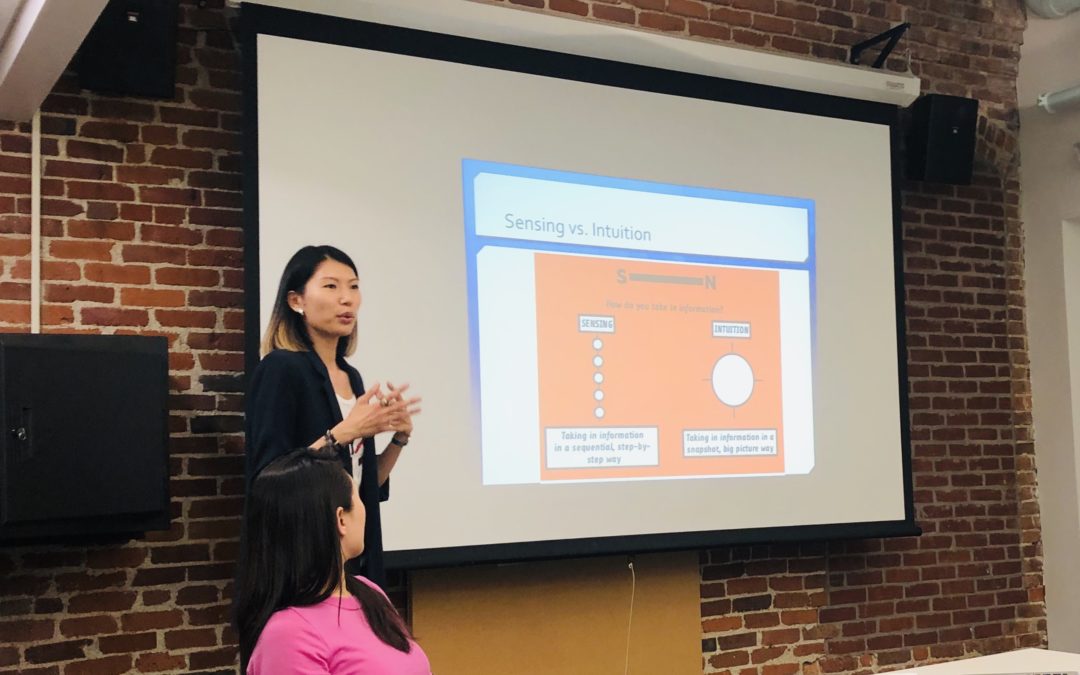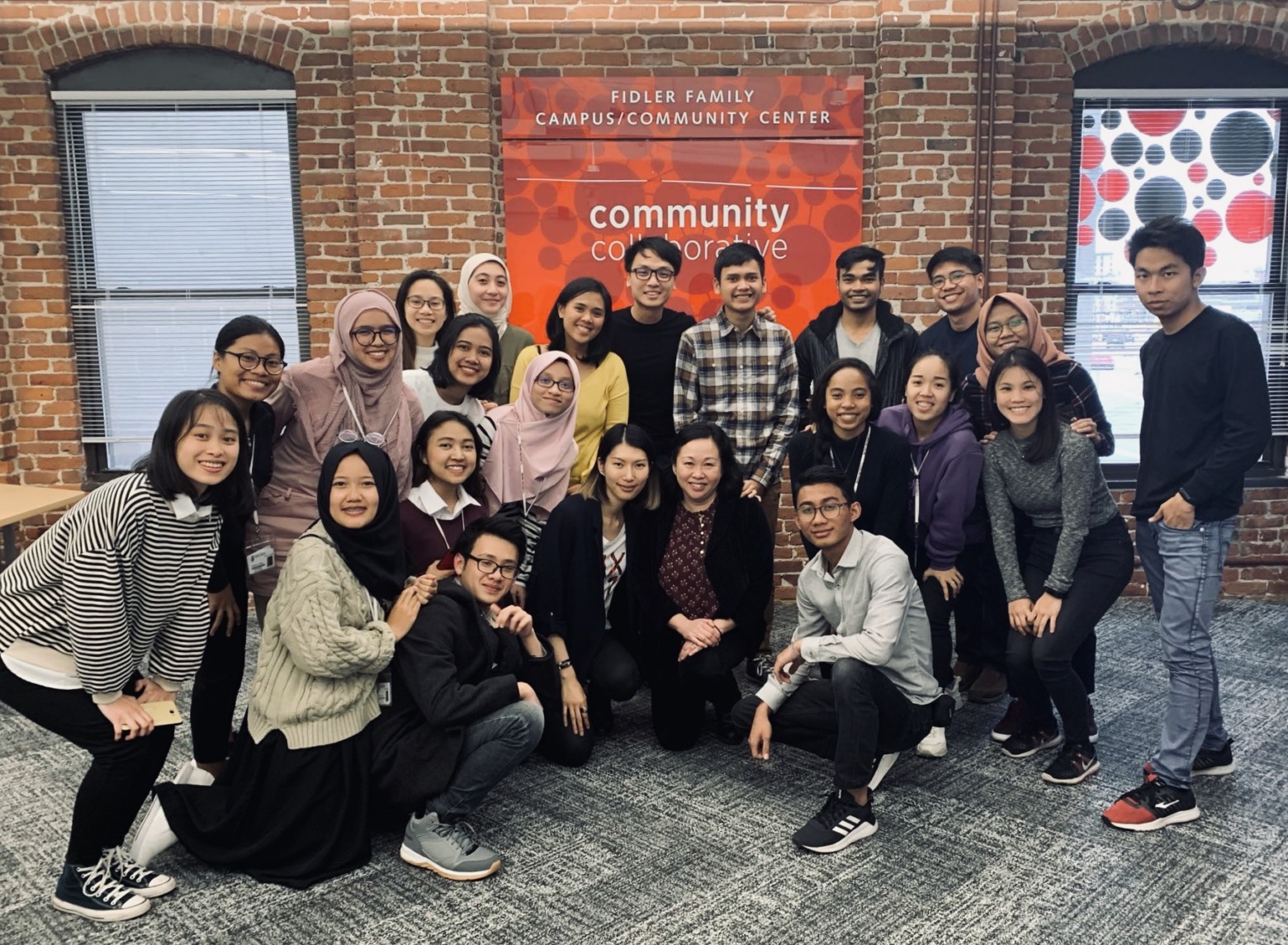
Public Lecture: The Application of Trauma Systems Therapy in Helping Children with Adverse Childhood Experience
How childhood trauma affects health across a lifetime?
Vincent Felitti, a US doctor, and his team conducted a research on adverse childhood experience (ACE) in 1995. They conducted research on more than 17,000 targets and discovered a strong relationship between ACE and the health of their adulthood. In their research on ACE, negative childhood experiences included:
- Physical abuse
- Sexual abuse
- Emotional abuse
- Physical negligence
- Emotional negligence
- Violence between parents
- Parents with mental illnesses
- Parents with drug addiction or imprisonment
- Parents being separated or divorced
Among the research targets in 1995 (the majority being middle class white-collar workers with college degrees), almost 2/3 of them have had one or more ACEs, with 1/8 of them having an ACE score of greater than four. In this research, the greater the ACE score, the more likely it is to develop physical and mental illnesses during adulthood. ACE is closely related to a variety of physical and mental problems in adulthood, such as alcoholism, obesity, insomnia, depression, suicidal tendency, sexually transmitted diseases, heart diseases etc.
Prologue
When I first joined the trauma team at the hospital and began doing psychiatric counseling, I knew I was going to work with young patients with a variety of childhood traumas. So I was prepared to put in a lot of time and patience in the trauma therapy process. However, I was still shocked by the many different kinds of cases that I encountered.
This has made me realize the uniqueness of trauma therapy for minors. Since minors aren’t independent enough, there tends to be uncontrollable factors that may come up during the counseling process. So it is necessary to take their surrounding environment into consideration. Some of the traumas that these children have experienced include poverty (yes, the most recent research report has proven that growing up in extreme poverty is a kind of chronic trauma); either parent or both parents with drug addiction, serious mental illnesses, are imprisoned for crime or have passed away so there’s nobody to look after the child; the child having experienced physical or sexual abuse etc.
The majority of these families required financial assistance from the government. Some of the children were still living with their immediate families, but some of them were temporarily allocated to foster families by the US Child Protective Services because their parents have temporarily lost their right of custody. Statistics have shown that more than 600,000 children were placed into temporary foster families in 2016. This figure usually remains at more than 500,000 every year.
In conclusion, children with ACEs will often continue to live in an unstable or traumatic environment.
Therefore, a lot of unexpected situations came up during my counseling sessions with children and their families. For example, parents would suddenly cancel our appointment because they had to work to earn a living; there might be more than one child in a foster family so the foster parents didn’t have an available time or place to meet with me because they already had too many appointments; the parents or relatives might still be involved in a custody lawsuit so we couldn’t progress with the therapy until the child’s placement was certain; sometimes I’d have no choice but to reduce the number of my visits due to the child’s area being quite an unsafe neighborhood etc.
Trauma Systems Therapy involves a number of effective components from Trauma-Focused Cognitive Behavioral Therapy (TF-CBT) such as offering psychological education to the child and his family, stress relief and relaxation exercises, emotional management, self-recognition exercises etc. It also takes the minor’s surrounding environment into consideration. This includes helping the minor change his living environment, establishing family bonding, establishing a safe environment, communicating and working with the minor’s social-ecological model (school, doctors, child protective services, courts etc.), promoting the minor’s rights, assisting with mental illness medication etc.
In China, a lot of children are experiencing living, medical and schooling difficulty due to poverty. There are children with physical disabilities which have led to recovery, care, nursing and social difficulty. There are also children whose safety is being threatened or violated due to a lack of or inappropriate custody whereby they are being abused, abandoned, hurt in accidents, illegally treated etc. Although a lot of children can still survive amidst such adverse environments, many reports have shown that such adverse environments will cause lifelong damage to their physical and mental health in their adulthood. Trauma Systems Therapy (TST) may suggest new concepts for social workers and psychiatrists and help them assist and support these children with problems.
Dawning Public Lecture
29thSession
The Application of Trauma Systems Therapy
in Helping Children with Problems
Beijing Time: Saturday 11 August
21:00 – 22:30
Speaker: Yumin Tan
Main Contents:
- Trauma Systems Therapy
- Definition of trauma systems therapy
- Definition, contents and application of social-ecological model in trauma therapy
- Procedures of Trauma Systems Therapy
- Preliminary assessment
- Treatment plan of trauma systems therapy
- Preliminary preparation
- Introduction of different phases and components
- Introduction of treatment methods
How to Register for the Public Lecture
Step 1: Share this open lecture notice on your Moments and screenshot it from your Profile page. Scan the QR code below and add “Dao Ning Open Lecture Assistant” to your Friends list, then send the screenshot photo that you took in Step 1 to “Dao Ning Open Lecture Assistant”.
Step 2:After “Dao Ning Open Lecture Assistant” receives your photo, it will add you to its Friends list and invite you to the “Open Lecture” WeChat group, meaning that your registration has been successful. Registration Deadline: 18:00 one day prior to the lecture. (Registrations will be processed at 18:00 each day, your patience is appreciated should you didn’t get invited into the chat group immediately)
Step 3: Access to the open lecture will be announced in the WeChat group three days prior to the date of the lecture.



